Florida State (USA)
27th state, joined on March 3, 1845
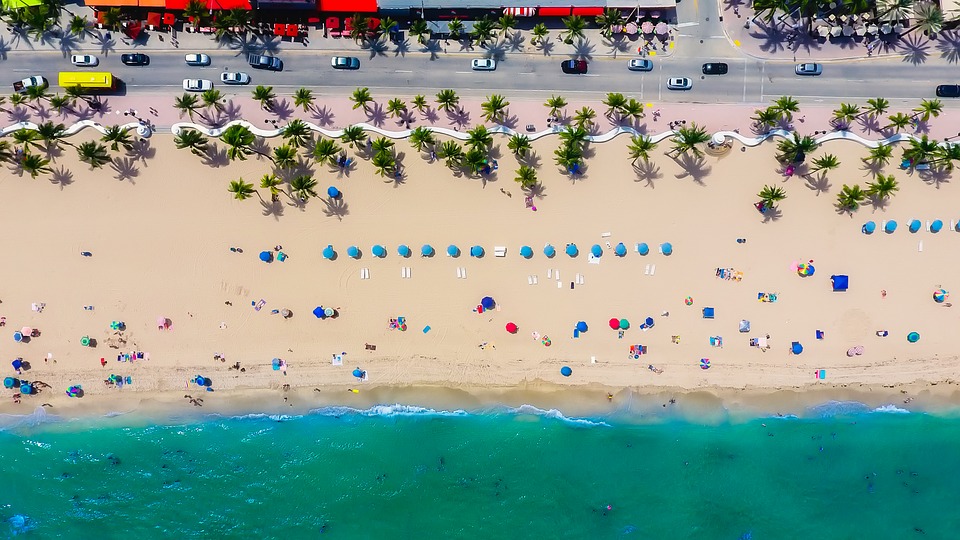
Florida…mm…the dream of many immigrants. Paradise beaches, year-round summer, plenty of seafood, and reportedly a very affordable cost of living compared to other states.
Sounds very appealing. But is it really? To answer your questions and doubts, we’ve gathered as many facts as possible in this article.
Let’s finally get started.
Location
The state of Florida, covering an area of 170,304 sq km, is divided into 67 counties and is located in the southeastern U.S. It borders Alabama and Georgia. If you look at the map, you’ll see the state sits on a peninsula. To the west is the Gulf of Mexico, and to the east, the Atlantic Ocean, with the Florida Strait in between. The state also includes a coral reef archipelago known as the Florida Keys.
Capital of Florida: Tallahassee
Major cities: Jacksonville, Miami, Tampa, Orlando.

Climate and Landscape
Florida is VERY hot and humid, so if you’re okay with that atmosphere, welcome! Many immigrants are drawn here by the weather, the ocean, and opportunities for success.
The climate is mostly humid subtropical, with plenty of rain and comfortably warm temperatures year-round. The Gulf Stream flows close to the shore, so you can swim in the ocean any time of the year, which is exactly what everyone does.
During the day, due to the heat and humidity, it feels like you’re in a sauna. Most people avoid going outside in such weather and prefer to wait until evening in the company of air conditioning.
But in the evening, you can step out into the warm breeze to enjoy a sunset by the waterfront or in a café.
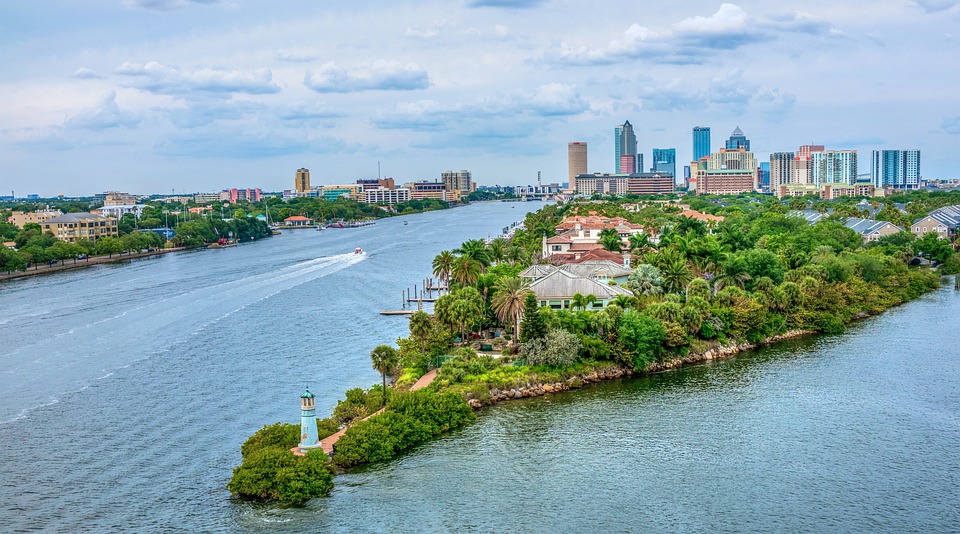
Average temperature in Florida:
- In winter: +12°C…+20°C
- In summer: +26°C…+28°C (rarely above +38°C)
Snow has never been seen in the southern part of the state (bold statement, but true). However, there have been occasional snowfalls in the north, but they are short-lived and not annual.
Rain and thunderstorms are common. Florida leads the U.S. in rainfall and lightning strikes.
Additionally, tornadoes, hurricanes, floods, and storms frequently occur here.
The main disaster here is hurricanes. People regularly anticipate them with dread. Since 2000, about 50 powerful hurricanes have been recorded. In 2020 alone, there were three major hurricanes – Laura, Hanna, and Eta.
These hurricanes cause damage to property, ruin vacations, and generally disrupt the lives of Floridians. Some can’t handle living in constant fear of the next disaster and move to other warm states, often deeper into the U.S. or out west.
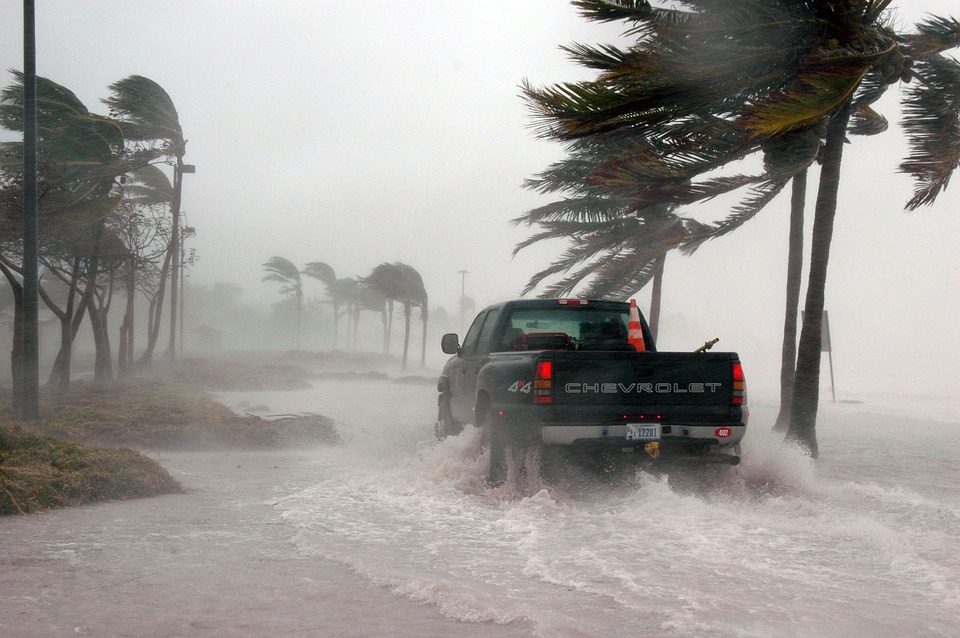
Landscape and Nature of Florida
Most of Florida has no significant landscape features—mainly lowlands—and it’s only as you move north that you’ll encounter some hilly areas. But the nature here is paradise-like. In the south, you’ll find palms (with over 100 species), tropical shrubs, and vines. The north has coniferous forests.
The wildlife won’t leave you indifferent either—hummingbirds, dolphins, manatees, whales, alligators, snakes, squirrels, rabbits, turtles, deer, lynxes, otters, and pumas…
This is just a portion of Florida’s enchanting fauna. You might be lucky enough to spot even more of the state’s creatures.
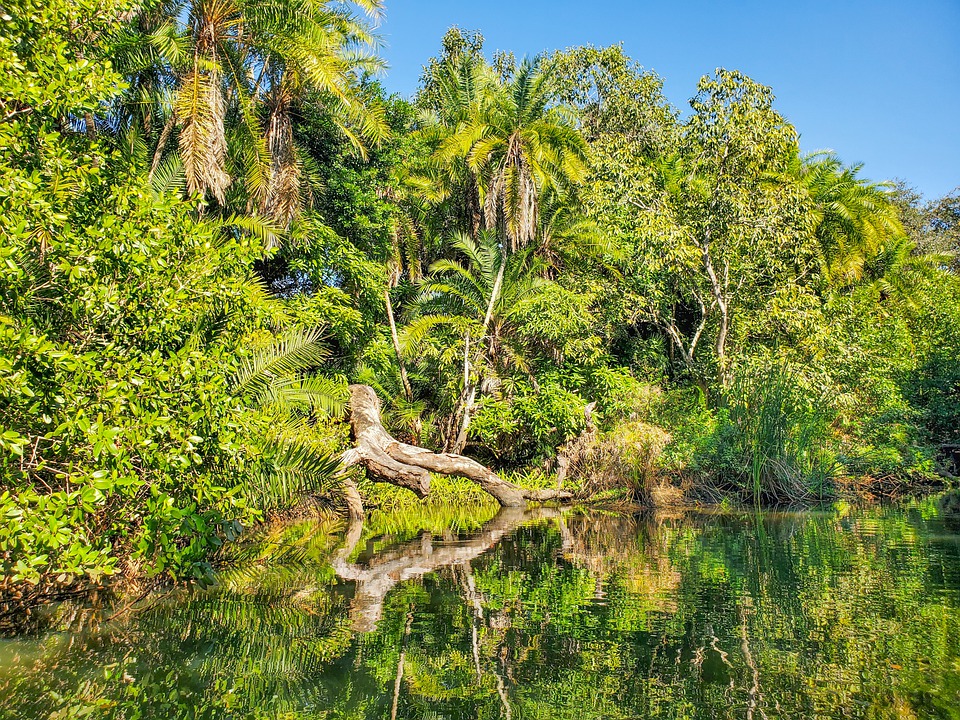
Population
Florida has a population of over 21 million people (as of 2021). It’s the third-most populous state (after California and Texas) and currently one of the fastest-growing states in terms of population.
There is a significant elderly and retired population. Many people choose to spend their later years in Florida’s warm climate by the ocean.

When it comes to race, the population of Florida includes:
- White (approximately 60.5%)
- Latino or Hispanic (approximately 20.5%)
- African American (around 15.5%)
- Asian (about 2.5%)
- Other races (around 1%)
Russian-speaking diaspora (immigrants from Russia, Ukraine, Belarus, and other former Soviet countries) is fairly significant. Although there is no exact number, the main hub for Russian-speaking immigrants is Miami, specifically in areas such as Sunny Isles, Aventura, Hallandale, and Hollywood. Here, elderly people feel comfortable, shop at Russian stores for familiar products, and socialize with their fellow countrymen, often without feeling the need to integrate deeply into American society or learn the language.
Other large “Russian-speaking” communities are located in cities like St. Petersburg, Tampa, Sarasota, and Bradenton. You can make new acquaintances and perhaps even find assistance for a smoother adaptation.
Ukrainian diaspora. According to open sources, in 2016, approximately 43,000 Ukrainians lived in Florida. We believe this number has likely increased since then.
Crime
While researching crime in Florida, we came across a list of the “most dangerous cities in the U.S.”
Interestingly, two cities in the top 10 are in Florida. These cities are Opa-locka and Florida City, both of which have high unemployment and crime rates (robbery, violence, etc.). Be cautious!
As for Miami, it presents two sides. One part of the city offers a luxurious lifestyle (the kind most people dream of), while the other part, where the majority of residents live, is the complete opposite—dirty, unsafe, and less prosperous.
Crime in Florida is higher than the national average. The peak was in 2006-2007, but reports suggest it’s now on the decline.
Always! Always be careful when choosing a neighborhood for buying or renting property—your peace of mind and comfort depend on it.
Economy
As of 2011, Florida’s GDP stood at $776.3 billion. For context, this figure is comparable to the GDP of the entire country of Australia.
Main economic sectors include aerospace, military, food production, electronics, farming, tourism, and seafood supply.
Minimum wage in the state is $10 per hour.
Regarding minimum wage, a decision was made in 2020 to raise it by $1 annually over the next six years. By 2026, it will reach $15 per hour.
Florida is home to about 20 military bases and is also heavily involved in phosphate mining.
In terms of food production, the state is the largest supplier of fresh seafood. It mainly grows citrus fruits as well as tobacco, corn, tomatoes, strawberries, and sugarcane.

Business in Florida
Florida attracts entrepreneurs from all over the world not only because it’s warm and sunny year-round but also due to its tax system, which is designed to support business growth. And that’s true!
Reasons to start a business in Florida:
- There is no corporate income tax for LLCs and corporations;
- There is no corporate franchise tax or property tax.
- There is no tax on the sale of goods made in Florida for international trade;
- There are state support programs;
- Anonymous company registration (no need to provide personal information) and no minimum capital requirement;
- And many other benefits.
Of course, it’s not paradise, and things aren’t entirely cloudless. For example, in Florida, there are issues with the “delay” in company registration since you need to undergo inspections and gather a large package of documents for this. Additionally, overall taxes are higher.
Therefore, if you want to start a business, we recommend consulting with a business registration specialist who can explain the situation in more detail.
Currently, the following companies are operating in Florida:
-
- Universal (the famous Universal Orlando park is located here)
-
- Publix Super Markets
-
- Tech Data and others.
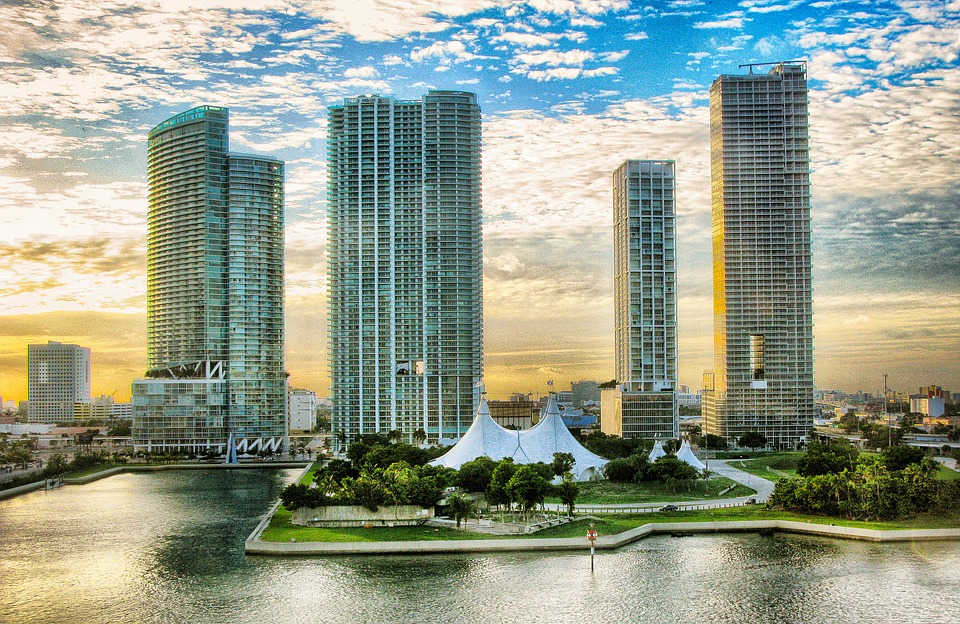
Real Estate
Real estate rental prices in the state of Florida.
They say that property here is very affordable for purchase. Let’s take a closer look.
The following prices are current as of early 2021.
Rental prices for one-bedroom apartments or studios in Florida by city (approximate):
-
- Miami from $800-$1000 per month
-
- Jacksonville from $600-$800 per month
-
- Tampa from $600-$800 per month
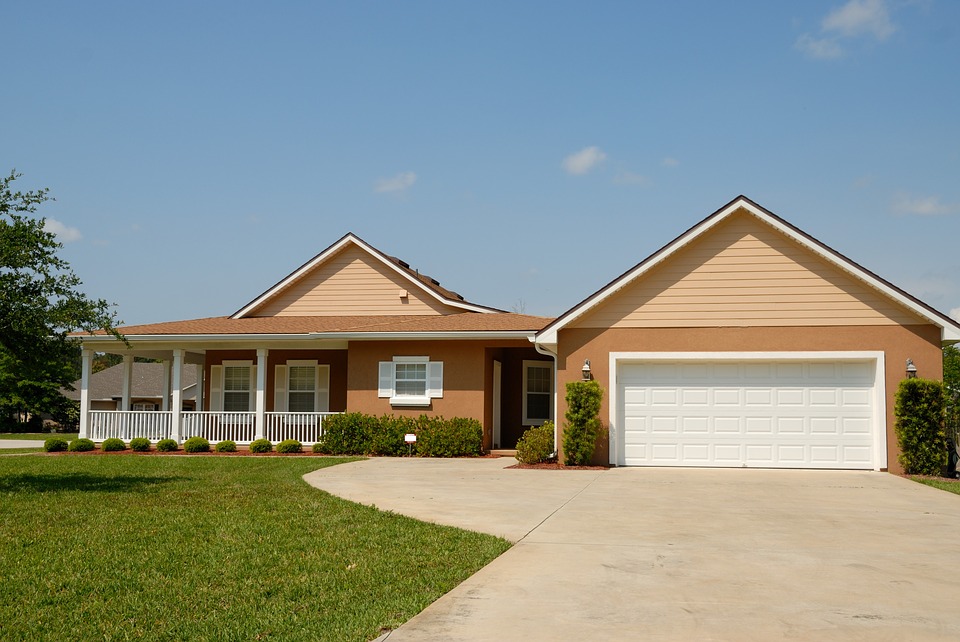
You can check the prices in detail by city and choose what suits you on websites like www.trulia.com or www.zillow.com. Visit the site, enter the city, price, and type of property, and explore. If you have difficulty translating the names of cities, use a translator.
Environment
The main environmental issues in Florida are wildfires and the extinction of local fauna. Panthers are currently at risk of extinction, often dying on the roads, causing accidents.
Another problem is red tides, but it is still unclear how to deal with them and whether they are a significant issue.
Overall, like other states, Florida is gradually implementing green energy initiatives and working to combat other environmental disasters.
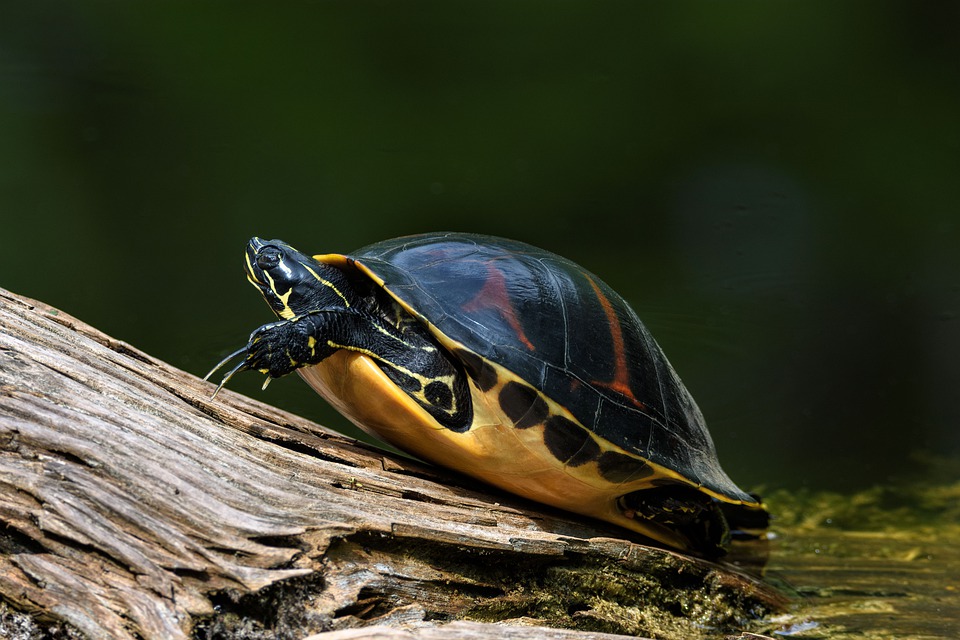
Attractions
Florida is famous for its tourist attractions, and there is plenty to see:
-
- Miami Beach (in Miami) – a cult place with beaches, clubs, and cafes. We recommend an evening walk!
-
- Universal Orlando – a MEGA top spot for kids and adults, fans of Harry Potter and Star Wars;
-
- Disney World – features five theme parks based on Disney cartoons;
-
- Everglades National Park, where you can watch live alligators;
-
- Ernest Hemingway Home & Museum – perfect for his fans;
-
- Fairchild Tropical Garden;
-
- National Naval Aviation Museum;
-
- Coral Castle – a castle built from coral rock;
-
- Legoland – a super spot for kids and Lego fans, a theme park with rides.
And you will also find beautiful nature and welcoming locals.
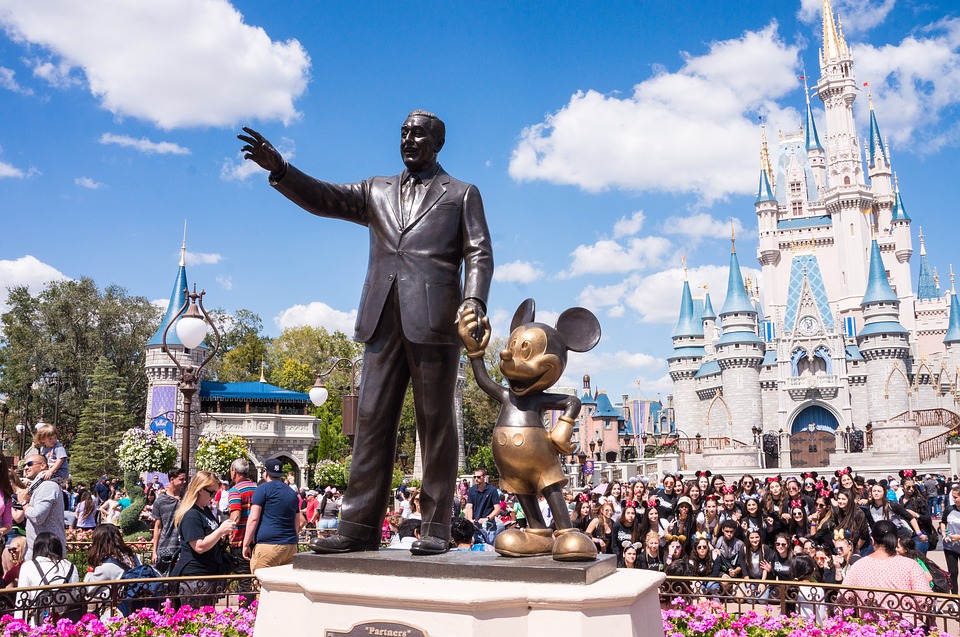
Why People Move to Florida
The following points are collected from the internet and are, in our editorial opinion, subjective.
-
- year-round summer, warm and sunny. For summer lovers, it’s an ideal spot;
-
- large Russian-speaking community (especially in Miami);
-
- proximity to the warm ocean, with the opportunity to swim year-round;
-
- many privileges for entrepreneurs (for starting and registering a business);
-
- relaxing atmosphere of the state that distracts many from work. This is why retirees from all over the U.S. come here to catch some relaxation in their old age;
-
- people moving from other states to Miami say there is “more freedom here”. There are no strange and silly restrictions, like those about swimming in the ocean;
-
- relatively affordable housing compared to other states. For $250,000-300,000, you can buy quite a decent home.
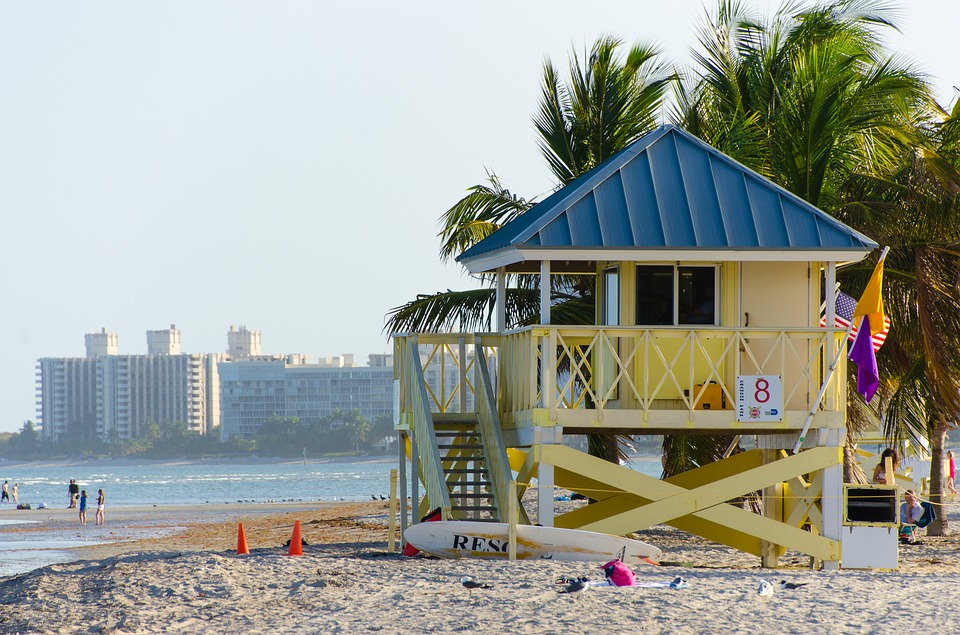
Possible Drawbacks and Inconveniences of Living in Florida
-
- the first challenge is the climate. High humidity and heat in summer can really be an issue for some. Often, people only venture outside in the evening. At the same time, many feel the climate problem is exaggerated. You need to decide for yourself whether you can live in such a climate zone;
-
- hurricanes, tornadoes, storms, and other disasters that (so far) cannot be controlled. A lot of property, both movable and immovable, gets damaged regularly, and people need to insure everything and be prepared for the worst. Some can’t handle living in constant anticipation of the next disaster;
-
- not the safest state. Crime rates are higher than the national average;
-
- there might be difficulties finding well-paying local jobs (but that’s not certain…). It all depends on your qualifications, determination, ambitions, and adaptability. The key is to strive! When job hunting, it’s very helpful to know Spanish. There aren’t as many jobs as in New York City, and there are a lot of low-skilled positions—waiters, bartenders, drivers, housekeepers. The IT sector is not as developed as in California. Of course, things are improving, but that’s the situation for now;
-
- regular wildfires. Unfortunately, they happen. Floridians prepare for them by stocking up on water bottles;
- other environmental issues include the extinction of wildlife, ocean pollution, and red tides.
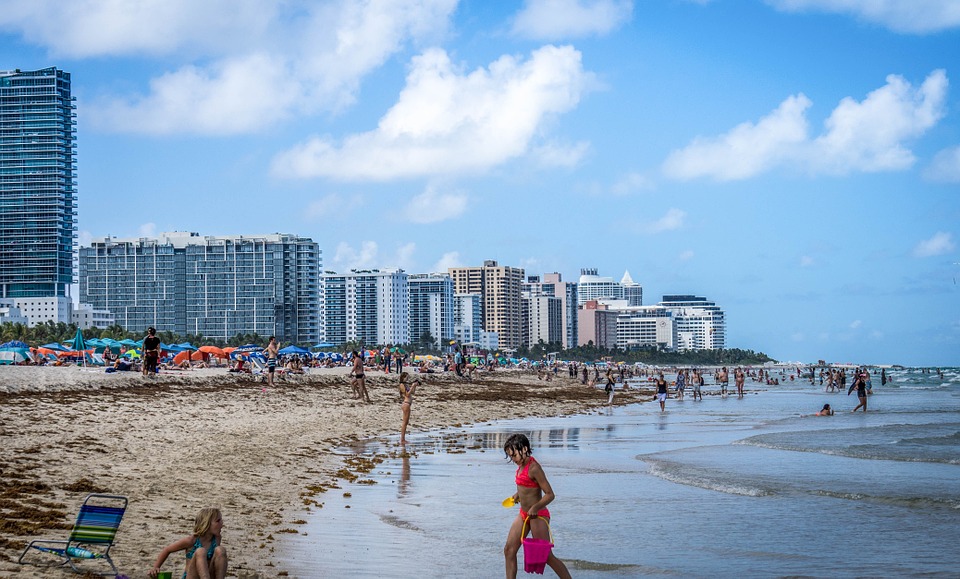
Well, we hope we have been helpful to you. We will try to keep the information on the site up to date so that you can always find what you need!
Table of Contents